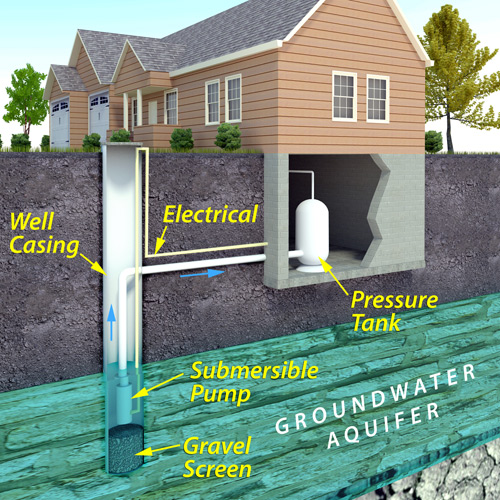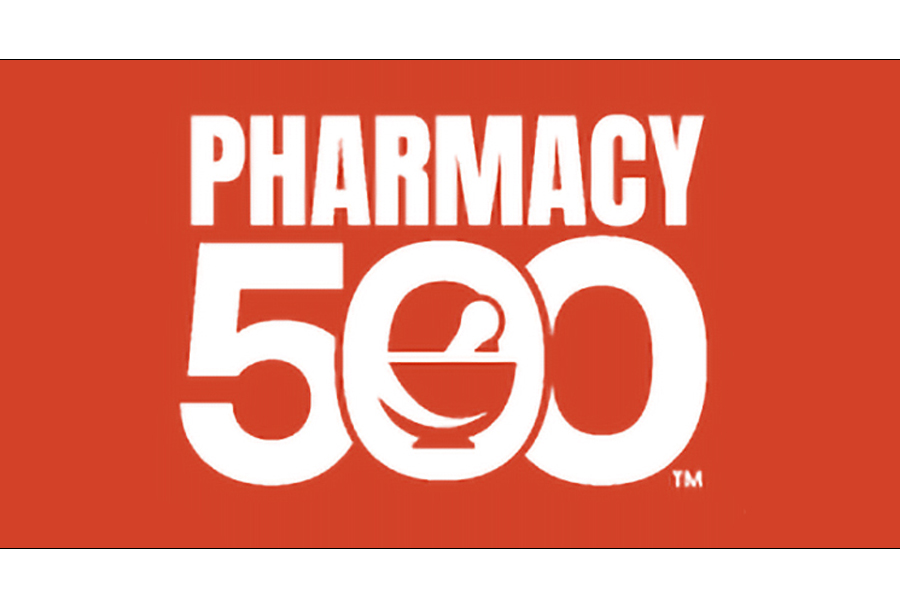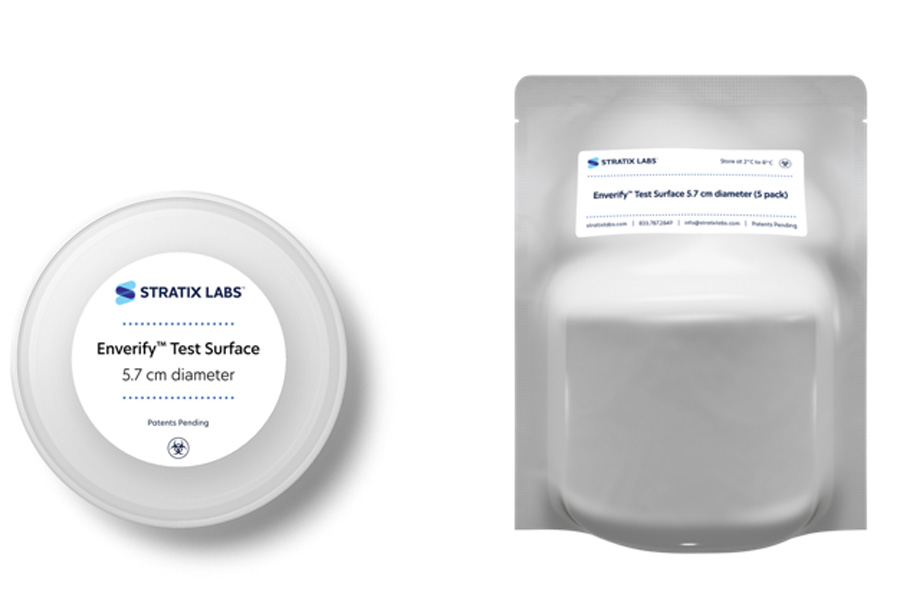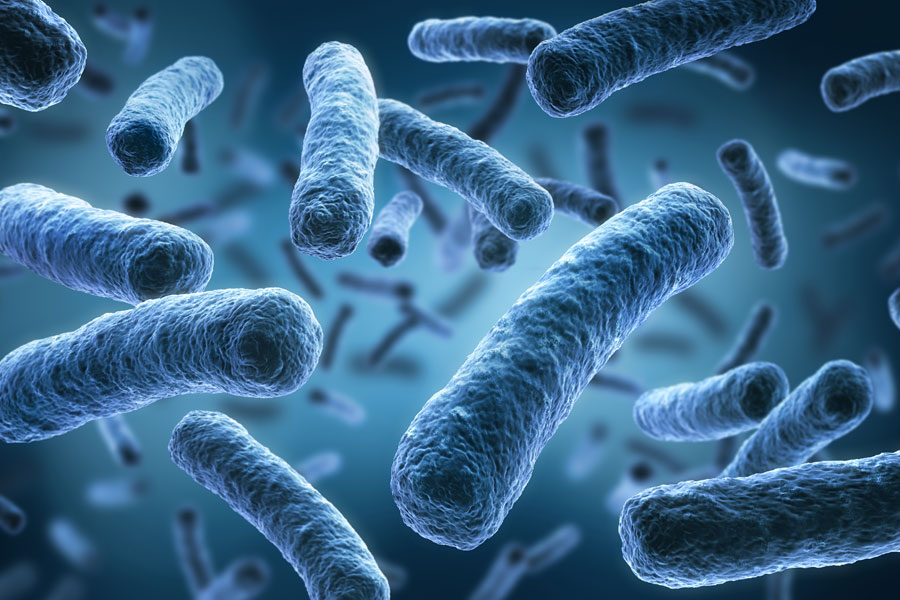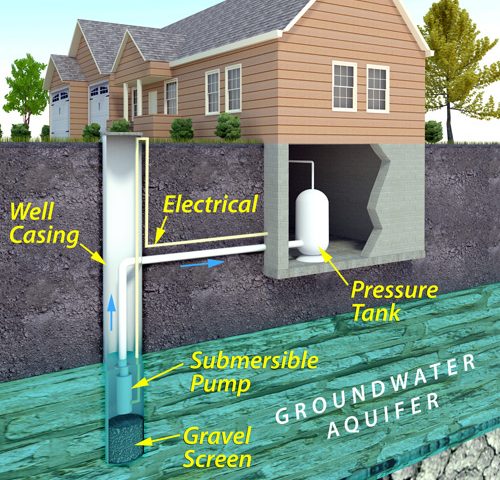
Testing Well Water for E. coli
Annual Testing is Recommended
You may think of well water as old-fashioned, however more than 13 million homes in the U.S. draw their water from private wells, and approximately 800,000 new wells are drilled annually. Pennsylvania ranks second, behind only Michigan, as having the largest number of households with private wells, almost a million.
Across the United States there are also many community supply wells.
Depending on environmental factors, local development, and even industrial accidents, all of these wells can be at risk of contamination at one time or another. The most common water quality indicators are Escherichia coli (E. coli) and coliform bacteria, which originate from water and soil contaminated with feces from humans and animals.
The U.S. Environmental Protection Agency’s (EPA) rules that protect public drinking water systems do not apply to well water. When a water source is not connected to a monitored, public water system, regular testing is the only way to make sure it remains safe for drinking and other household uses.
The Danger of E. coli
There are many strains of E. coli, most of which are harmless to humans. Some strains, however, can cause severe ill effects, including nausea, stomach cramps, vomiting, fever, and diarrhea. E. coli O157:H7 is the strain most typically involved in causing gastrointestinal disease in humans.
When well water tests positive for E. coli, boiling the water for at least one minute at a roiling boil is recommended before drinking. Local health departments often have specific protocols to disinfect and retest wells.
How are Wells Contaminated?
E. coli can enter well water through a variety of sources, including:
- Flooding and extreme weather events.
- Changes in land use, including construction or mining.
- New runoff patterns that pool rainwater and debris near your well.
- Damaged well caps that allow animals or debris to enter the well.
- Sewage system problems and overflows that allow feces from infected humans and animals into the well.
Well testing should be done on an annual basis, but also any time water changes in its look, smell, or taste.
Our Testing Services
U.S. Micro-Solutions is a microbiology laboratory licensed and accredited for expert environmental testing, including water analysis and identification of specific pathogens.
We offer the EPA-approved Colilert test, which simultaneously detects both total coliforms and E. coli specifically, within 24 hours. This precise test can detect a single viable coliform or E. coli per sample.
We help well owners stay ahead of well maintenance issues by providing affordable, high-quality water testing with fast turnaround.
If you would like to learn more about U.S. Micro-Solutions’ water testing services, please give us a call at 724-853-4047, or visit our Contact Us page.

